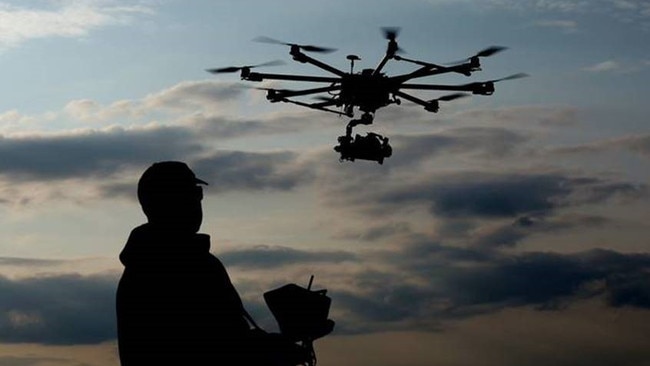The Melbourne Defence Enterprise
A critical defence capability is the ability to connect sensors with decision-makers to take action, creating an integrated system with enormous capability – greater than the sum of the parts.

Modern defence campaign doctrine has been evolving to keep pace with advances in technology. A critical defence capability is the ability to connect sensors with decision-makers to take action, creating an integrated system with enormous capability – greater than the sum of the parts.
The doctrine driving this, developed for the Australian Army, is the “Sense-Decide-Adapt-Act” loop. At the heart of this loop, information, technology and humans interact to create successful mission outcomes.
The technology in this loop requires fast information processing and sharing, distributed decision-making and the ability to optimally orient and schedule defence assets to undertake a defence mission.
Research laboratories in universities are working on many of the underlying core elements of the “Sense-to-Act” loop to make that loop faster and higher performing, without sacrificing the awareness of human decision-makers. They are working with industry to implement more advanced techniques in Australian and international products.
One example, the Melbourne Information Decision and Autonomous Systems (MIDAS) Laboratory, led by Professor Chris Manzie, exemplifies this work engine in the university sector that is heavily engaged with Defence and industry.
MIDAS is transforming the development of autonomous systems through the integration of communication, control theory, advanced computation, artificial intelligence and human trust and awareness. This research is demonstrating benefit in autonomous vehicles and information systems, integrated air defence systems, space systems, underwater surveillance, radar and tactical army communication.
MIDAS collaborates with other Australian and international universities, the Defence Science and Technology Group (DSTG) and industry to form multi-disciplinary teams collaborating on defence projects that will have significant impact in the next few years and future-proof Australian Defence with sovereign industry capability.
Within MIDAS, the fundamental research being undertaken in collaboration with Defence assists Australian forces but also has benefits for civilian applications. The researchers have made critical advances that positively impact a range of applications in energy optimisation, disaster response, medical robotics, agriculture, and transportation.
Additionally, new engineering coursework programs are being launched that are underpinned by the research being undertaken at the University of Melbourne and other universities, helping develop a sovereign workforce capability at the cutting edge of technology.
When DSTG took on the role of capability manager of Defence’s science and technology, it was already reaching out to industry and the university sector to realise its “More, Together” strategy. Melbourne, like many other universities, responded robustly to this engagement to collaborate with a “mission” focus.
A consequence is that interactions between universities and the defence sector are becoming more sophisticated, with DSTG encouraging multi-party research agreements, Defence Innovation Hub Projects partnering with industry and international research of scale in the AusMURI programs (two AusMURI programs at the University of Melbourne involve bio-inspired navigation and cyber and artificial intelligence).
This changing landscape means universities are maturing in their ability to handle defence projects balancing security, basic and applied research, and the development of the next generation of industry scientists and engineers.
-
Len Sciacca is Enterprise Professor Defence Technologies and Chris Manzie is head of the Department of Electrical and Electronic Engineering at the University of Melbourne.


